Sound Behind Cinema
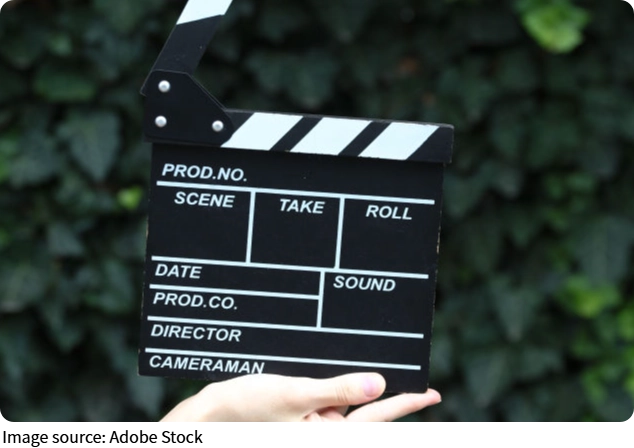
Have you ever felt a chill down your spine during a movie—not because of what you saw, but because of what you heard?
That eerie hum before a villain appears, the soft piano under a tearful goodbye, or the sudden silence before an explosion—these moments are all thanks to the art of sound design.
In film, sound isn't just background—it's a powerful storytelling tool that shapes mood, builds tension, and brings scenes to life. Let's explore how sound effects and background music truly create movie magic.
What Is Sound Design?
Sound design in film refers to everything you hear aside from the dialogue: sound effects, ambient noise, foley work, and music. While visuals tell the story through sight, sound design builds the emotional landscape of a scene.
Whether it's the roar of a spaceship engine or the gentle rustle of leaves, each element is carefully crafted to guide your feelings and heighten your experience.
The term "sound design" gained prominence in the 1970s, especially with George Lucas's Star Conflict, where sound designer Ben Burtt created unique soundscapes that forever changed how we perceive sci-fi worlds.
Sound Effects: Building the World
Sound effects—also known as SFX—recreate the world you see on screen. A thunderstorm, a car crash, footsteps in a hallway—all these help make the film world feel believable. But many of these sounds aren't recorded live. Instead, they're crafted later in a studio using everyday items.
This is where foley artists come in. Want to recreate the sound of someone walking on snow? Crunch cornstarch in a leather glove. Need to imitate a broken limb? Snap a piece of celery. Foley is a creative and technical art form that adds realism and detail.
Think of the intense soundscape in Inception—the blaring horns, the echoing gunfire, the distorted reality. These effects pull us into the dream worlds and make each moment feel surreal yet intense.
Background Music: The Emotional Engine
While sound effects build the setting, background music drives the emotion. A film score can set the tone before a single word is spoken. Remember the chilling strings in Jaws? Just two notes created one of the most iconic feelings of dread in cinema history.
Great film composers like Hans Zimmer, John Williams, and Ennio Morricone have shaped the way we feel during movies. Their scores don't just support the narrative—they become part of it. The soaring music in Interstellar or the magical themes in Harry Potter are inseparable from the story.
Silence Is Also Sound
In film, silence can be just as powerful as music or effects. Used correctly, it can create unbearable tension or deep emotional gravity. A sudden pause in sound can make an audience lean in, holding their breath. In A Quiet Place, silence becomes a survival tool—and a masterclass in audio restraint. The absence of noise forces us to become hyper-aware, increasing tension with every second.
Silence is a deliberate design choice, not an accident. It shifts the audience's focus and plays a vital role in pacing and suspense.
Layering and Mixing: The Final Touch
A single movie scene may contain dozens of separate audio tracks, all layered together in a process called sound mixing. The hum of fluorescent lights, distant street traffic, a creaky floorboard, subtle background music, and clear dialogue—all must be balanced so the viewer hears what they're supposed to, when they're supposed to.
In award-winning films like Dunkirk, sound mixing was used to heighten anxiety through a constant ticking clock sound, buried under layers of tension-building effects and score. According to sound engineer Richard King, "Every sound had to serve the sense of claustrophobia and urgency." That's how careful mixing elevates storytelling.
Genre-Specific Sound Design
Different film genres demand different sound strategies. A horror movie thrives on sudden high-pitched stingers, creepy whispers, and long silences to build suspense. Comedy often uses quirky musical cues or exaggerated sound effects to land a joke. Action films rely on hyper-realistic sound—booming explosions, projectile ricochets, and engine roars.
Science fiction and fantasy, meanwhile, create entirely new sound worlds.
The roar of a dragon in Game of Thrones, the hum of lightsabers, or the deep thrumming of a spaceship—all these were designed from scratch to make the unreal feel real.
Emotional Cues and Audience Psychology
Research in cognitive psychology shows that sound influences human emotion more directly than visuals. Our brains process sound faster than images, and music can trigger the limbic system—the area tied to emotional response. That's why a well-placed melody can move us to tears or raise goosebumps, even when paired with a simple image.
Filmmakers use this to their advantage. Slow piano music might accompany a character's breakdown, while triumphant horns signal victory. Audiences may not consciously notice the score—but they always feel it.
The Oscar-Winning Power of Sound
Sound design is so important that the Academy Awards recognize it with two categories: Best Sound Mixing and Best Sound Editing. Films like Gravity, Mad Max: Fury Road, and Dune earned accolades for creating rich, immersive soundscapes that rivaled the visuals in importance.
Experts like Mark Mangini and Gary Rydstrom have repeatedly emphasized that "great sound is invisible but unforgettable." It's the layer that completes the visual experience.
Technological Advancements: Surround and Beyond
With the rise of Dolby Atmos and spatial audio, sound design has entered a new dimension—literally. These technologies place sound above, below, and around the viewer, making it a fully immersive experience. Viewers no longer just watch a film—they're inside it.
The difference is clear when you watch a movie like 1917 or Top Ace: Maverick in a theater equipped with surround sound. Jets roar from behind you, and quiet breathing in the corner pulls you deeper into the story.
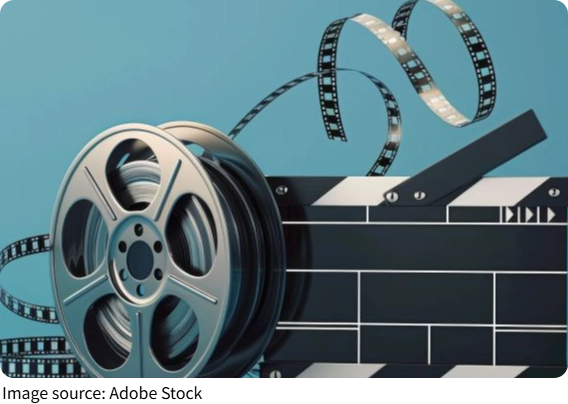
Conclusion: Listen Closely Next Time
Next time you sit down to watch a movie, try this: close your eyes for a few seconds. What do you hear? From the soft rustle of leaves to the swelling score, you'll notice how much sound is doing the heavy lifting. Sound design isn't just a technical process—it's an emotional art. It helps us laugh, cry, shiver, or cheer.
So, the next time a scene brings tears to your eyes or sends a shiver down your spine, remember: you're not just watching a movie. You're hearing it.
What's your favorite film moment where the sound made all the difference? Let's talk soundtracks, sound effects, or even complete silence—share your thoughts!
-
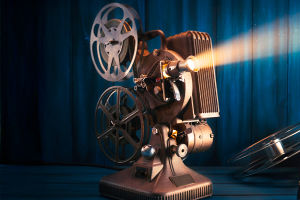 Love and Sacrifice WorldwideExploring how love and sacrifice are portrayed differently across global cultures through the lens of cinema
Love and Sacrifice WorldwideExploring how love and sacrifice are portrayed differently across global cultures through the lens of cinema -
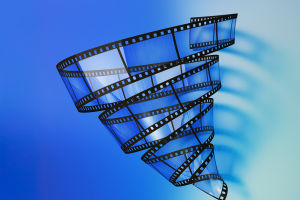 Movie Film MagicStill Think Film Is Dead? Discover Why Movie Film Is Quietly Making a Comeback in the Digital World!
Movie Film MagicStill Think Film Is Dead? Discover Why Movie Film Is Quietly Making a Comeback in the Digital World! -
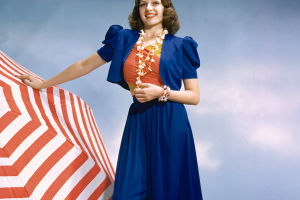 Hollywood Star PowerExploring how the star system shaped the Golden Age of Hollywood, creating icons whose fame still shines today
Hollywood Star PowerExploring how the star system shaped the Golden Age of Hollywood, creating icons whose fame still shines today